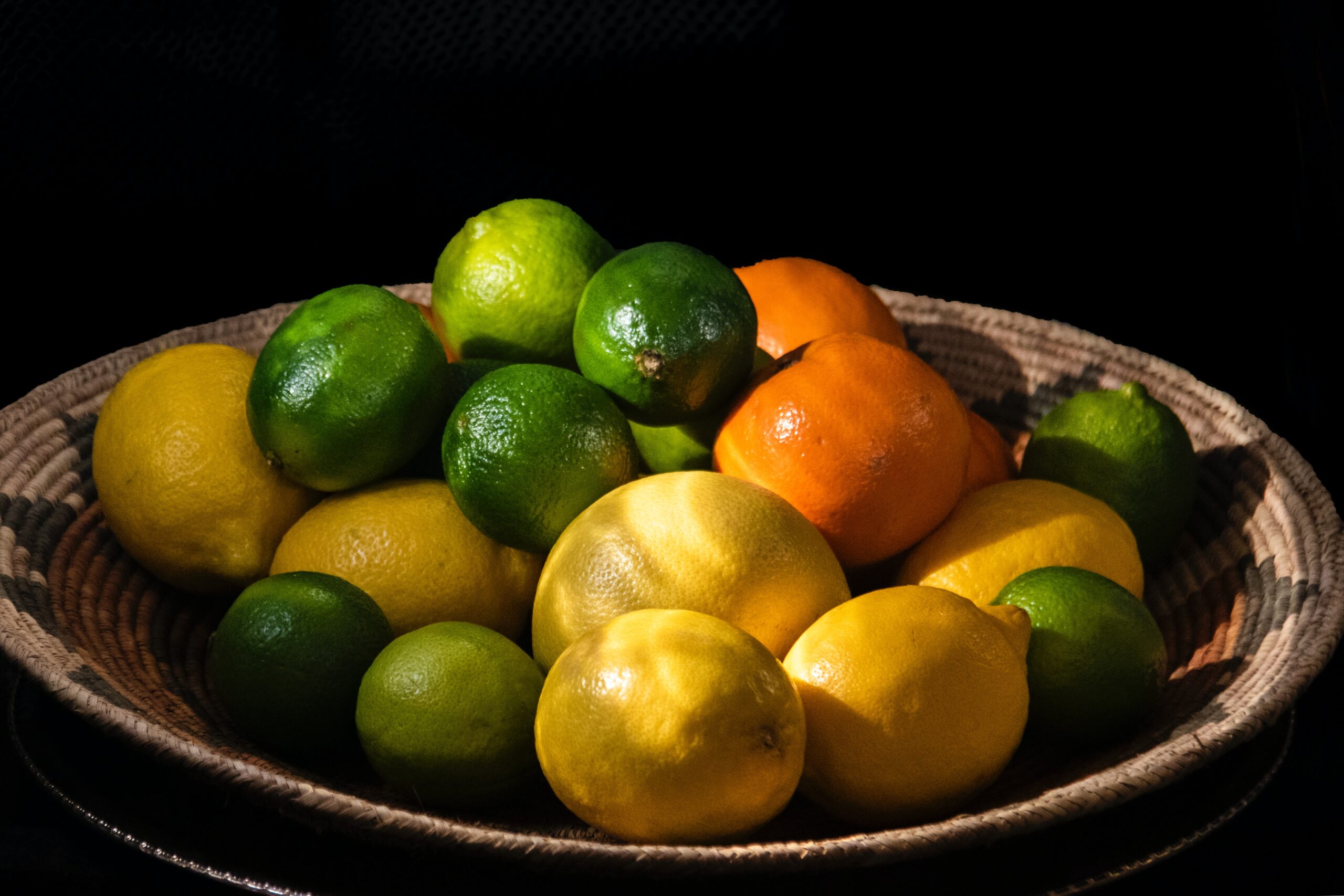On a hot summer day, limeade and lemonade are both delicious and refreshing drinks that will relieve your thirst. Nonetheless, while sharing the same names and fundamental components, these two cocktails are distinct from one another. Limeade and lemonade both have distinctive qualities that make them stand out beverages, from the type of fruit used to the flavour and nutritional content.
To help you choose the beverage that’s best for you, we’ll compare limeade with lemonade in this blog post. Understanding the differences between limeade and lemonade will help you make an informed decision the next time you’re seeking a refreshing beverage, whether you’re looking for a tangy and sour drink or something a little sweeter.
Both limeade and lemonade are popular summertime beverages that are hydrating and refreshing. Although they may appear identical at first appearance, the two drinks differ in a number of ways.
- Fruit used: The sort of fruit used clearly distinguishes limeade from lemonade. Whereas lemonade is made with lemons, limeade is created with limes. Compared to lemons, which are often sweeter, limes taste more sour and bitter.
- Flavor: Lemonade and limeade have different tastes because of the different fruits that are utilised. Lemonade is sweeter and more sour than limeade, which has a tangier and slightly bitter flavour.
- Lemonade is normally yellow in hue, whereas limeade is a light green.
- Nutritional value: Both beverages are rich sources of vitamin C, but limeade has a tiny advantage because to its lower sugar and calorie content.
- Popularity: Although limeade has been more well-known and well-liked recently, lemonade is still more well-known and well-liked than limeade.
- A variety of limeades and lemonades can be made by combining them with additional fruits or flavours. For instance, adding mint to limeade results in a delightful lime mint drink, and adding strawberries to lemonade yields strawberry lemonade.
In conclusion, despite the fact that limeade and lemonade may appear to be identical, they differ noticeably in flavour, colour, and nutritional content. Either limeade or lemonade, depending on your preference for sweetness or bitterness, are great for cooling off on a hot summer day.

How do you make Limeade? Is it the same as lemonade?
Producing limeade is similar to making lemonade, but there are a few significant adjustments to take limes’ distinctive flavour into account. Here is a straightforward recipe for limeade:
Ingredients:
- freshly squeezed lime juice, 1 cup (about 8-10 limes)
- 1 cup sugar, granulated
- Water in 4 glasses
- An ice cube
- Slices of lime as a garnish (optional)
Instructions:
- Combine the sugar and 1 cup of water in a small pot. Stirring occasionally, cook over medium heat until the sugar is completely dissolved.
- Combine the sugar syrup, freshly squeezed lime juice, and three cups of water in a big pitcher. To blend, thoroughly stir.
- At least 30 minutes should pass before serving the limeade from the refrigerator.
- Pour the limeade over the ice in glasses that have been filled with ice cubes. If desired, add a lime slice as a garnish.
Although the essential ingredients for limeade are the same as those for lemonade, due to the flavour variation, it may be necessary to change the proportion of sugar to citrous juice. Due to limes’ more sour and bitter flavour, limeade often needs less sugar than lemonade. In order to improve the flavour, certain limeade recipes may also call for the use of additional ingredients like mint or coconut water. Making limeade is a straightforward method that may be tailored to your individual flavour preferences.

How long will limeade/lemonade keep for?
Lemonade and limeade can normally be kept for up to a week in the refrigerator. However, according on the recipe and storage conditions, the actual shelf life may change.
Using fresh ingredients and avoiding letting the beverage sit at room temperature for an extended period of time are crucial when creating homemade limeade or lemonade. It is preferable to keep the beverage cool in the refrigerator until you are ready to serve it because bacteria can quickly grow in sweet drinks, especially if they are not stored properly.
It’s better to throw away the drink and prepare a new batch if you detect any bad aromas or odours, or if it starts to cloud over or become bubbly. You may also freeze limeade or lemonade in an airtight container for up to 6 months to lengthen the beverage’s shelf life. Just make sure to thoroughly swirl the beverage after thawing it in the fridge.
Can other citrus fruit be used to make similar drinks?
Limeade and lemonade can be made with other citrus fruits as well. Oranges, grapefruits, and blood oranges are a few common citrus fruit options.
For instance, freshly squeezed orange juice is combined with sugar, water, and other ingredients to make orangeade. The beverage is a good source of vitamin C and has a sweet and sour taste.
Another citrous beverage that is comparable to limeade and lemonade is grapefruitade. It is produced by combining grapefruit juice that has just been squeezed with sugar and water. Grapefruitade has a mildly harsh taste that is countered by the sugar’s sweetness.
Freshly squeezed blood orange juice is combined with sugar, water, and other ingredients to create the more distinctive citrous beverage known as blood orangeade. The beverage is rich red in colour and tastes a little bit sweeter than typical orangeade.

Comments are closed